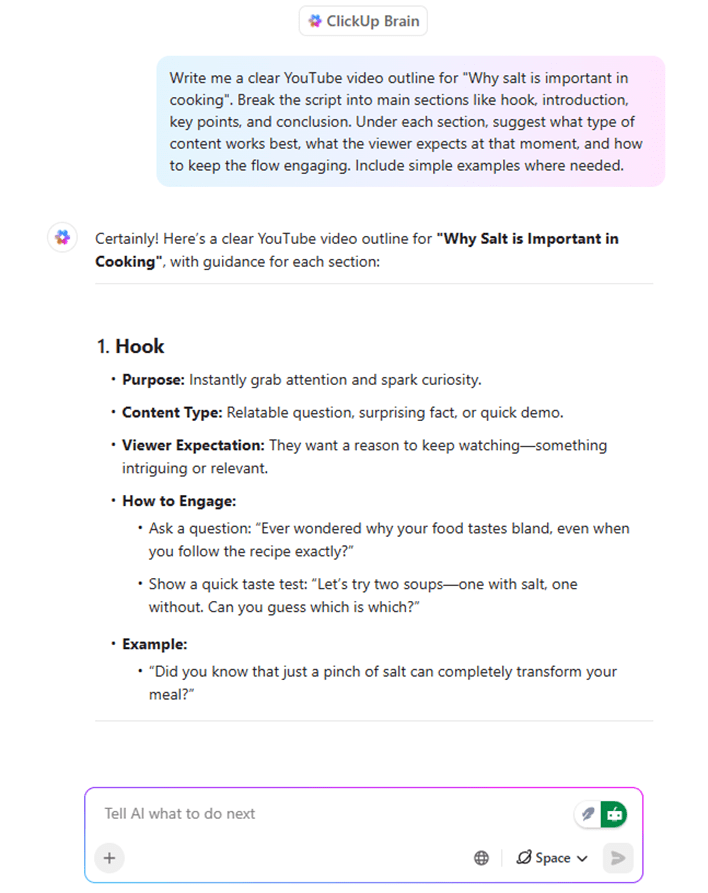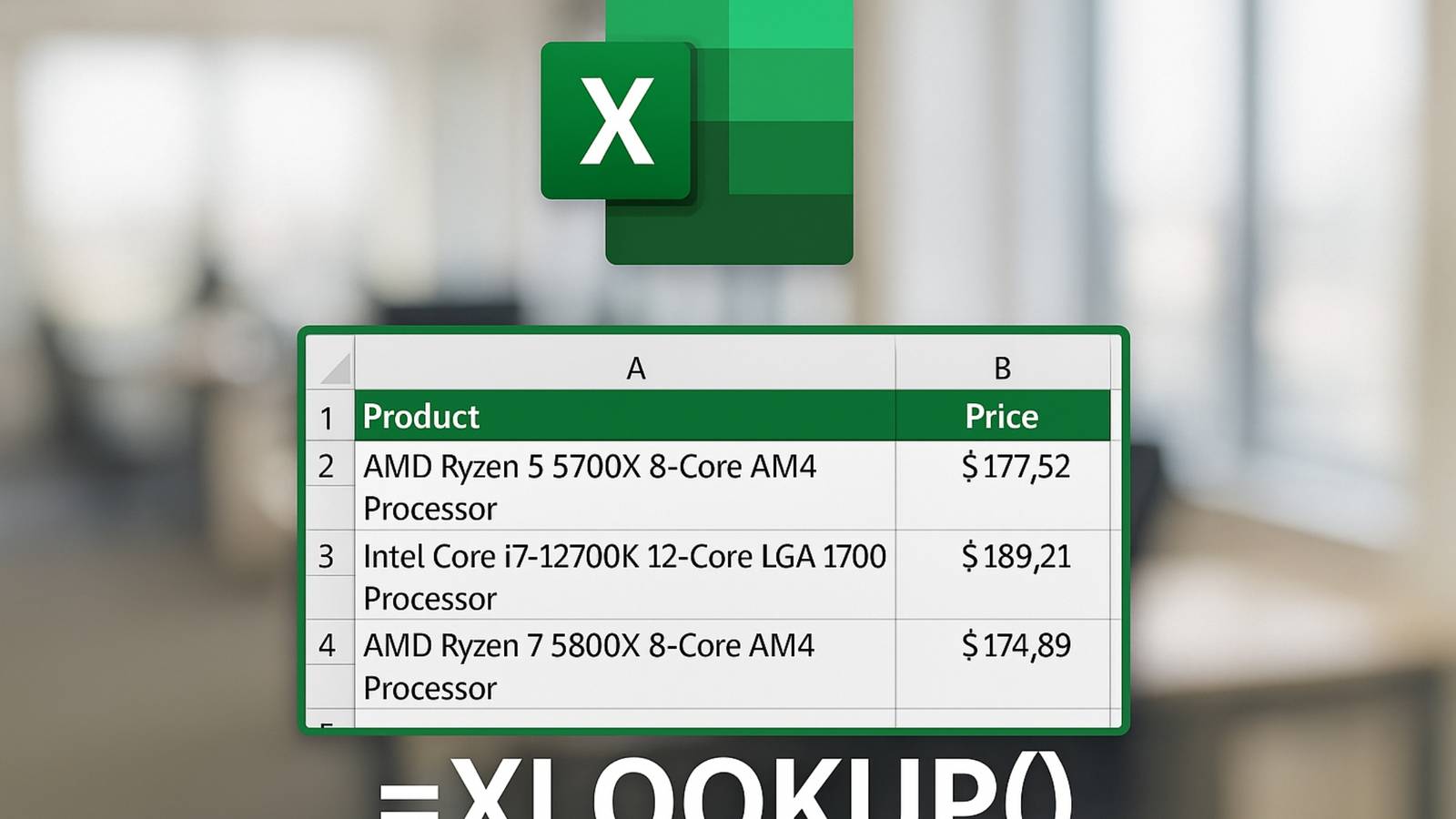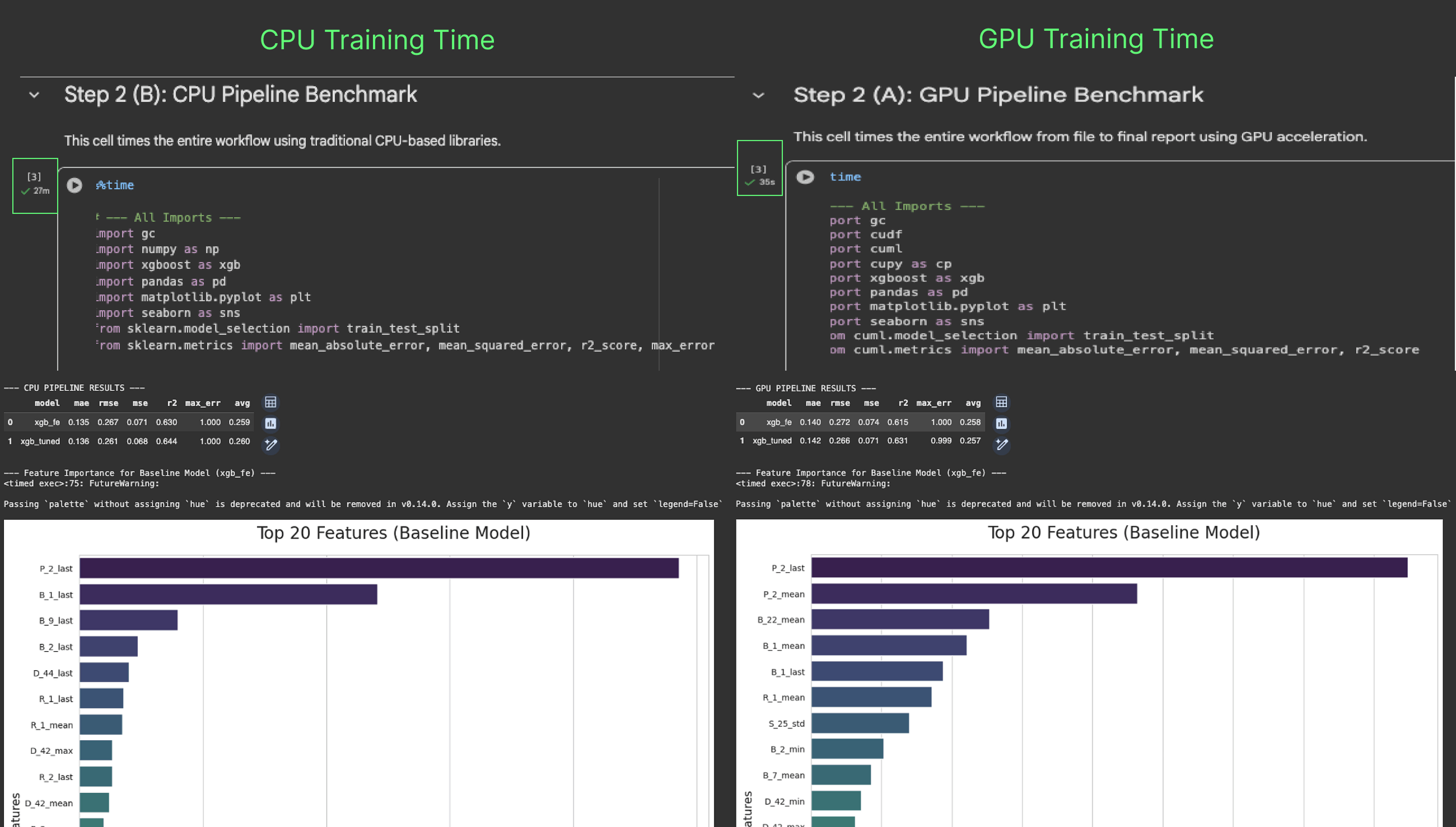3. Bluesky offers hashtag customization
Hashtags, a feature long associated with X, are now available on Bluesky, but with a unique twist.
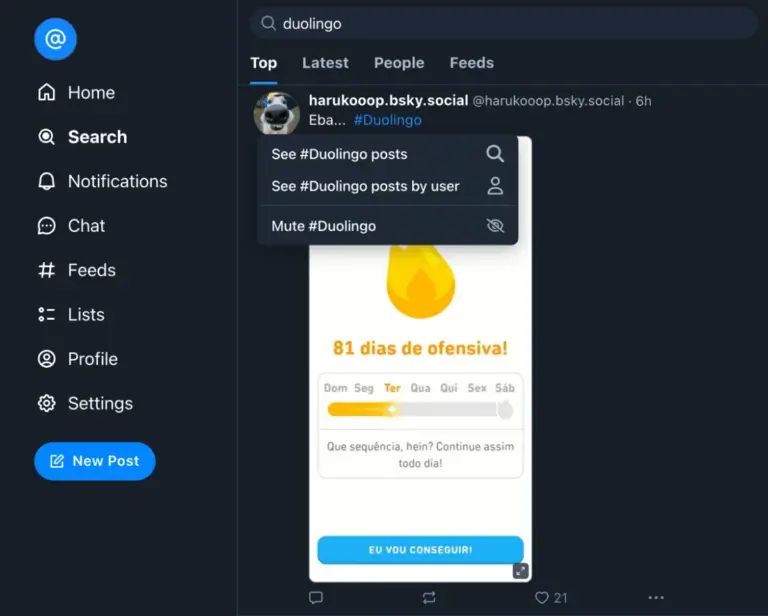
When users click or tap a hashtag, they can choose to see all posts with that tag, view only posts from the current user, or mute the hashtag if they no longer want to engage with that topic. This gives users more control over their feeds and interactions compared to the tags used in X posts, Instagram posts, or other types of social media content.
On X, while you can’t mute specific hashtags, you can mute individual words or entire accounts. This offers a different type of control, letting users block content that includes specific keywords or comes from certain profiles.
4. You can’t create polls or stories on Bluesky
While X offers the ability to create polls, Bluesky does not currently support this feature unless you use third-party apps. Polls are a popular way for many users of X to engage followers and gather quick feedback on a variety of topics. However, neither platform supports stories, which are common nowadays in the social media landscape.
The lack of polls on Bluesky limits its interactive capabilities compared to X, where users can easily involve their followers in decision-making or discussions.
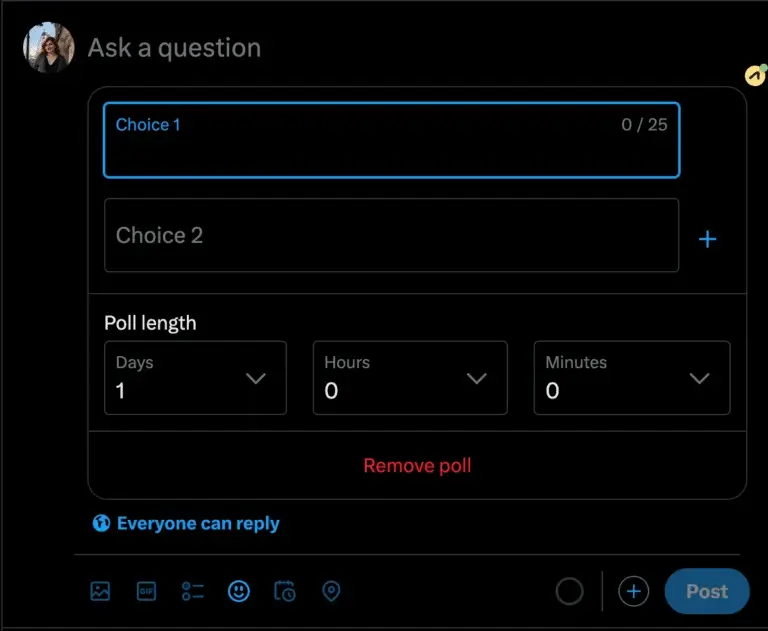

For users who value the quick, informal engagement that polls provide, X holds the advantage, while Bluesky remains more focused on standard post interactions.
5. Both have character limits
Bluesky and X both limit post length, but there’s not much difference in the free plans. Bluesky gives you 300 characters per post, while X allows 280 characters. It’s a small gap that won’t make a big difference in most cases.
However, if you subscribe to X’s X Pro plan, you can share posts that are up to 4,000 characters long. Otherwise, both platforms are pretty similar when it comes to posting and interacting with followers in the free versions.
6. X offers paid subscriptions
X provides users with the option to subscribe to X Pro (previously Twitter Blue), which unlocks additional features for a monthly fee. These features are designed to enhance the user experience and provide more functionality for content creators, businesses, and active users.
Here’s what X Pro offers:
- X Pro users can post tweets of up to 4,000 characters, compared to the standard 280 characters.
- Users can edit tweets within a specific time window after posting to correct mistakes or make changes.
- A blue verification badge is given to indicate the account’s authenticity.
- Replies from X Pro users are prioritized in conversations, increasing brand visibility in comment threads.
- Subscribers have higher quality video uploads of up to 60 minutes long, compared to the 2-minute 20-second limit for non-subscribers.
- Users can organize their saved tweets into custom bookmark folders for easier access.
- Reader mode, a feature that makes long threads easier to read by displaying them in a simplified format.
- X Pro users can customize their Android or iOS app icons and themes for a more personalized experience.
- The “undo tweet” feature gives users a chance to recall a tweet shortly after sending it, preventing immediate errors from going live.
In contrast, Bluesky doesn’t offer any paid subscription models or premium features. The company kept Bluesky free, so all users have the same access to the platform’s capabilities without needing to pay for additional tools to maintain visibility.
7. There are no verification badges on Bluesky
Bluesky doesn’t use traditional verification badges like X. Instead, users can self-verify their authenticity by using custom domains.
When a user sets up their profile, they can link a domain they own (e.g., username.com) to their account. This process involves verifying that they actually control the domain, typically by adding a verification record to the domain’s settings or through a DNS check.
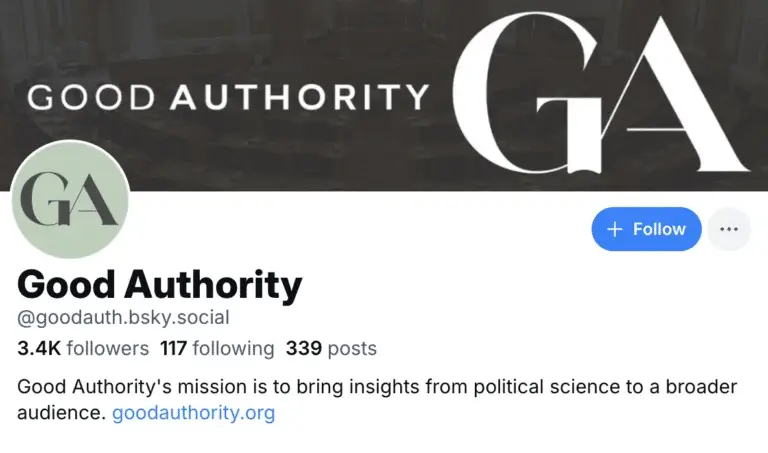

Once a custom domain is linked, it appears as part of the user’s profile URL, making it clear that the profile is associated with a specific domain they own. This adds a layer of authenticity because owning a domain requires control and authority over that web address, making it more reliable than a simple username.
8. Bluesky doesn’t offer monetization tools for creators
One of the key features of X is its monetization tools for content creators. Through X Pro and various revenue-sharing options, creators can monetize their posts by offering subscriptions, receiving tips, or sharing ad revenue.
Bluesky, on the other hand, does not yet offer any built-in monetization tools for creators. This means that content creators looking to make money from their Bluesky posts will need to rely on external platforms or services to monetize their audience.
While this may limit the income potential for some users, it helps keep the platform more focused on genuine social interactions rather than content monetization.
9. Bluesky doesn’t support paid ads
One key difference between Bluesky and other social networks like X is that Bluesky doesn’t support targeted advertising. This means users won’t see sponsored posts or promotions in their own feeds, which helps keep the experience more focused on content from friends and other users.
This is how X ads look like, showing up in the feed as promoted posts:


Unlike platforms that rely on ads to grab attention, Bluesky’s approach creates a more organic interaction between accounts.
Bluesky CEO Jay Graber and her team created a more user-driven environment, where people can engage with each other without the distraction of paid content, offering a more genuine experience compared to ad-heavy apps for social networking.
When it comes to ads, she says “There will always be free options, and we can’t enshittify the network with ads. This is where federation comes in. The fact that anyone can self-host and anyone can build on the software means that we’ll never be able to degrade the user experience in a way where people want to leave.”
This setup allows users to focus more on posts from their friends and other accounts they follow, without being interrupted by ads trying to grab their attention.
10. Bluesky doesn’t offer analytics tools
Bluesky currently doesn’t provide analytics tools for tracking post performance or engagement. On X, these tools are available but only through the X Premium subscription. With X Premium, users can track how their tweets are performing, monitor follower growth, analyze user activity, and get insights into post engagement, helping them refine their content strategy.
Without a similar advanced analytics feature on Bluesky, users don’t have the same access to data that can help them understand how their content is resonating with followers. For creators and businesses who rely on analytics to guide their strategies, X’s X Premium plan offers an advantage, while Bluesky remains more basic in terms of performance tracking.
11. You can’t customize your Bluesky profile beyond basic info
On X, users have more extensive profile customizations, including the ability to add a website, select a business category (such as entertainment, financial, etc.), and provide additional details like a location to help personalize their presence.
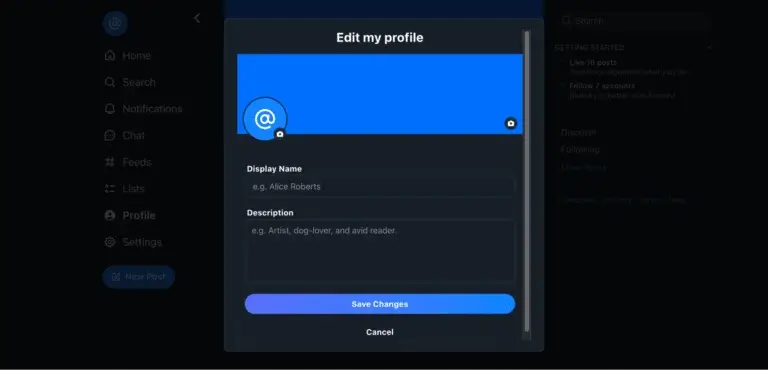

In contrast, Bluesky offers simpler customization, allowing users to add a profile picture, cover photo, bio, and name, but without the extra fields like website links or categories.
12. There are differences in the Discover tab
Unlike X, Bluesky allows you to follow different feeds, providing more control over the type of content you want to see. This gives users the option to curate their own experience by subscribing to feeds that align with their interests.
Bluesky’s approach to user-controlled feeds could help drive large-scale adoption among users tired of centralized platforms.
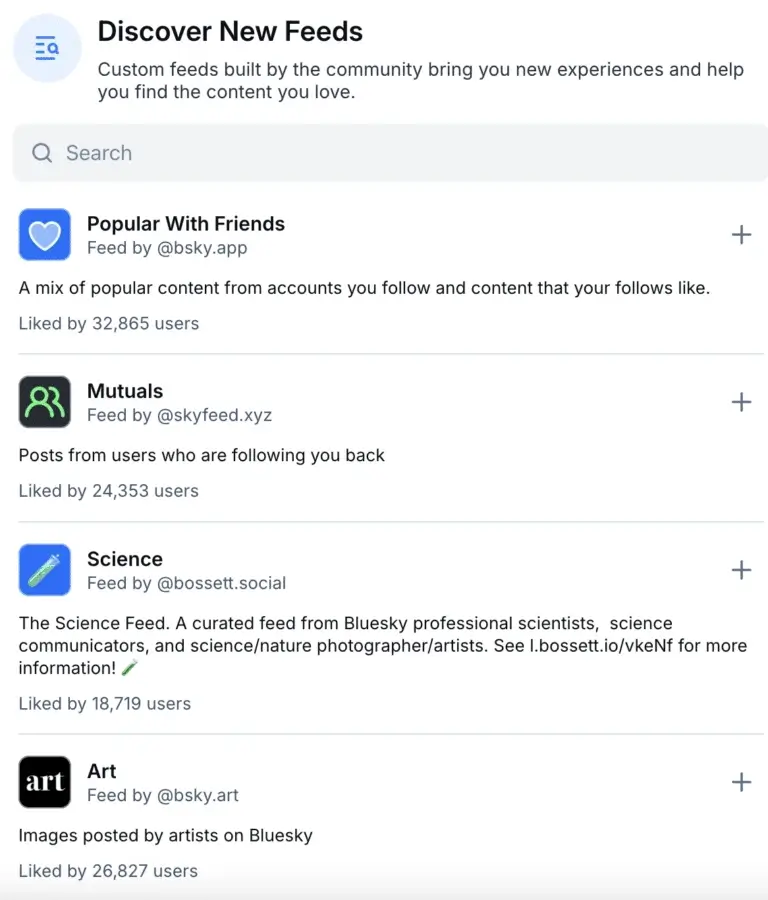

On X, while you can follow suggested accounts and engage with trending topics, there isn’t a similar feature where you can follow different curated feeds like Bluesky.
Here’s how the Explore tab looks like on X:
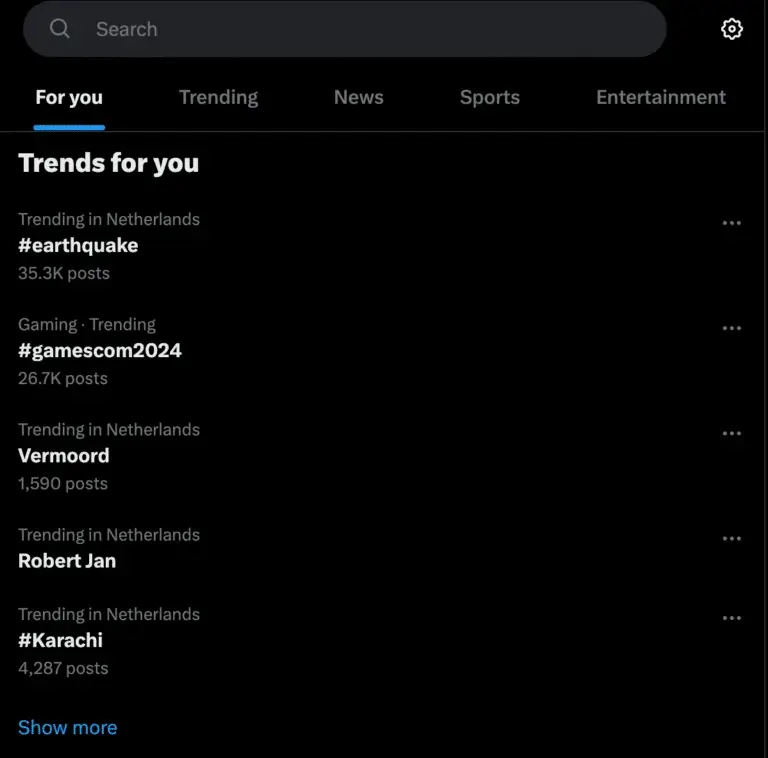

Instead, trending topics and personalized suggestions dominate the X “For you” tab, which is driven more by your activity on the platform.
13. Bluesky offers more post interaction customization features
To address visibility and content control, Bluesky introduced customizable interaction settings for each post. When you create a post on Bluesky, you can customize who can interact with it before you share it. You can adjust quote settings (enabling or disabling quote posts) and reply settings, allowing replies from everyone, nobody, only mentioned users, or followed users.
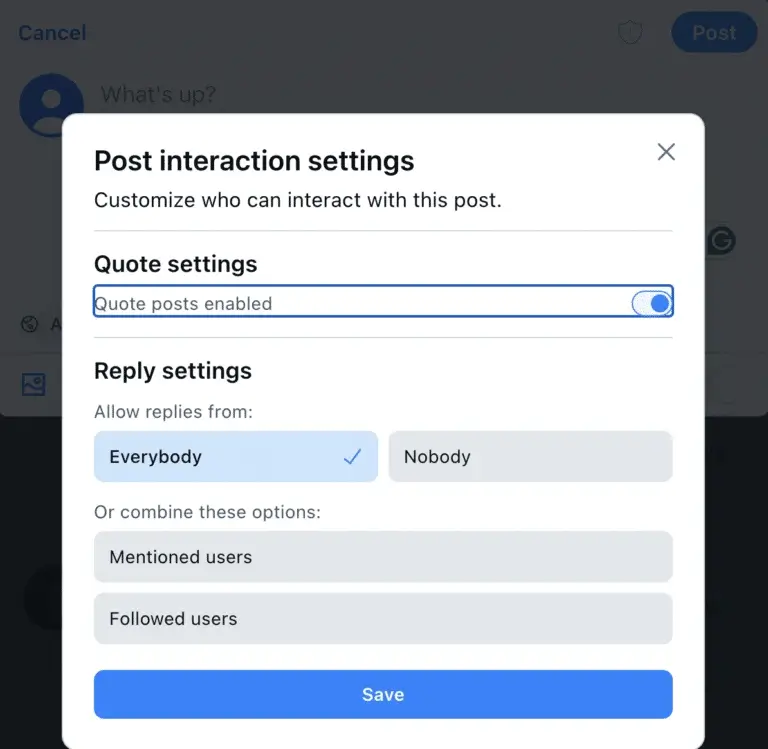

In contrast, on X, interaction options are tied to the “Protect your Tweets” feature, which limits interactions only to approved followers. In Protected mode, followers can like and comment but cannot retweet your posts. Blocked accounts also can’t find or interact with your content.
Additionally, your protected tweets won’t appear in public search results like Google, though they will still show up in Twitter’s own search. However, unlike Bluesky, these settings need to be changed in the global settings and affect all posts, rather than being customizable on an individual post basis.
14. X Pro has a built-in social inbox
With X Pro, users can manage comments, direct messages (DMs), and mentions all in one place, making it easier to manage interactions on the platform.
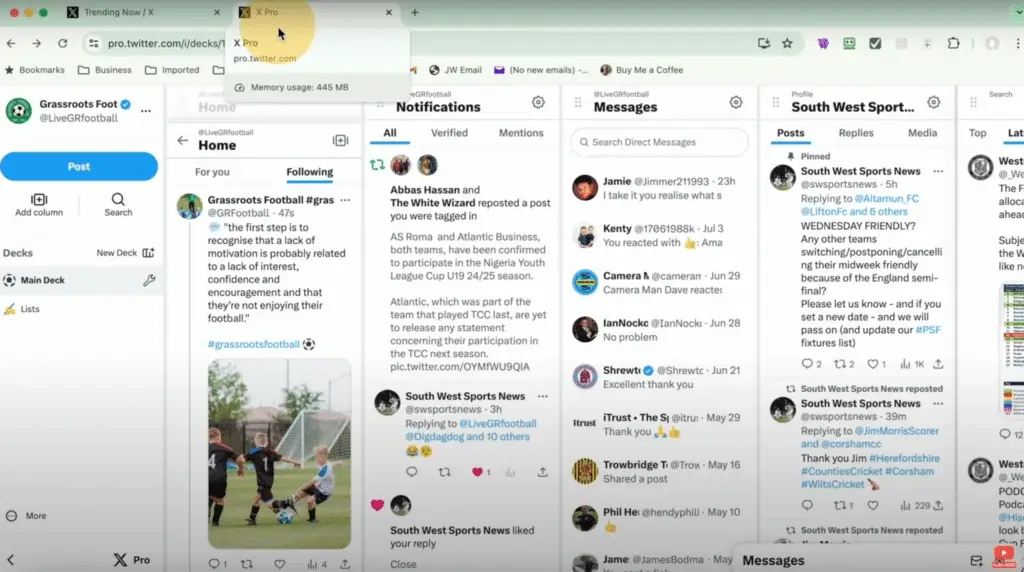

In contrast, Bluesky doesn’t have a social inbox feature. While you can still engage with comments and mentions individually, you can’t manage them from a single dashboard.
15. X has less restrictive content moderation
X has adopted a more lenient approach to content moderation since Musk’s takeover in the name of free speech, attracting users seeking fewer restrictions on what they can post. While this appeals to some, it has also raised concerns about the spread of hate speech and misinformation as the platform continues to shift its policies.
In contrast, Bluesky gives users more control over content, including moderation tools like customizable algorithms and built-in moderation features. They can submit moderation reports, helping servers enforce their own guidelines. This makes it a more curated space, especially for new users exploring alternatives to an X account.








